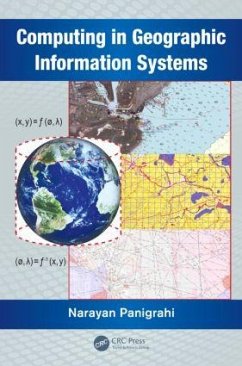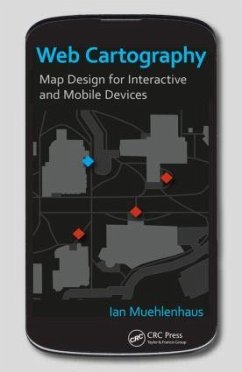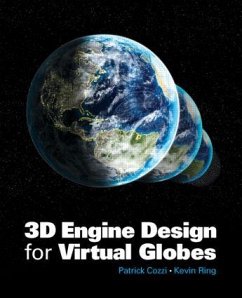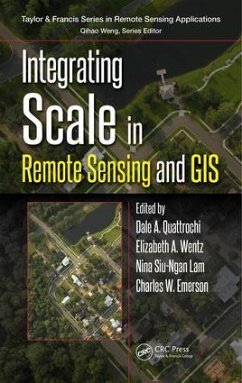
Indoor Wayfinding and Navigation
Versandkostenfrei!
Versandfertig in über 4 Wochen
176,99 €
inkl. MwSt.
Weitere Ausgaben:

PAYBACK Punkte
88 °P sammeln!
Due to the widespread use of navigation systems for wayfinding and navigation in the outdoors, researchers have devoted their efforts in recent years to designing navigation systems that can be used indoors. This book is a comprehensive guide to designing and building indoor wayfinding and navigation systems. It covers all types of feasible sensors (for example, Wi-Fi, A-GPS), discussing the level of accuracy, the types of map data needed, the data sources, and the techniques for providing routes and directions within structures.
Outdoor wayfinding and navigation systems and services have become indispensable in people's mobility in unfamiliar environments. Advances in key technologies (e.g., positioning and mobile devices), has spurred interest in research and development of indoor wayfinding and navigation systems and services in recent years. This book provides both breadth and depth of knowledge in designing and building indoor wayfinding and navigation systems and services. It covers the types of sensors both feasible and practical for localization of users inside buildings.













